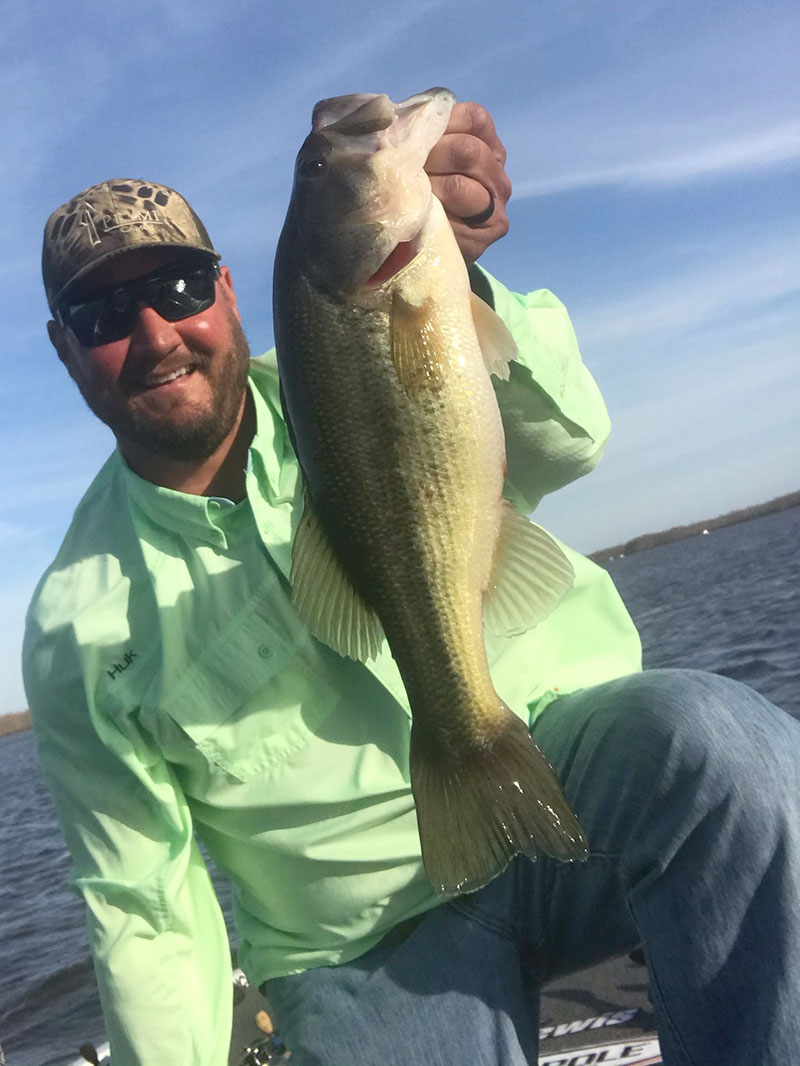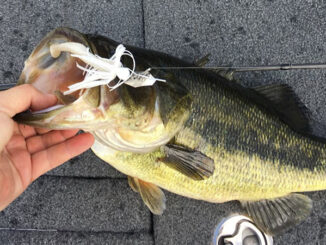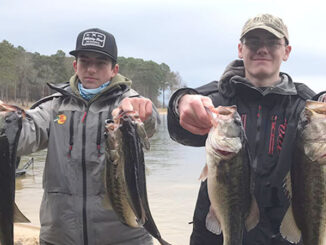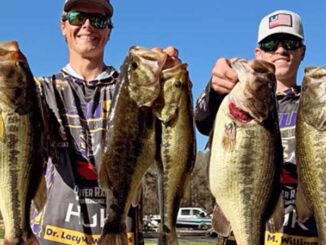
It didn’t take long for an established and accomplished bass angler to figure out a long time ago the most efficient way to put bass in the boat during the dog days of summer.
Cliff “The Cajun Baby” Crochet has always reached for a fishing rod with a buzz bait tied on or for a punchin’ rig ready on the front deck of the boats he has used throughout his career that began as a teen.
“August can be tough, tough fishing,” Crochet said. So he still rolls with what he knows to beat the heat.
Much of the buzz bait action happens early and late. Otherwise, he’s punchin’ up bass this time of year along main bayous and on the Stephensville side including Bayou Melhomme, Bayou Magazille and Belle River, “anything like that.”
All day long
On the other side of the east Atchafalaya Basin Protection Levee, one of his favorite areas for buzz baiting early and punchin’ later is around Grand Lake.
“The buzz bait can be good all day long in shade pockets and around cypress trees,” he said. “And don’t let muddy water scare you with a buzz bait.”
The buzz bait he relies on the most is a 3/8-ounce Crusher Lures Pro Buzz with a gold blade and either a black NetBait Paca Craw or a black NetBait BF Toad. He ties it to a 50-pound Hammer Braid line spooled on a KastKing Demon Elite Deadbolt fishing reel and casts it with a 7-foot-3 long KastKing Spirale H Series Bass Rod.
“Some people like lighter rods with a buzz bait and they set the hook hard,” he said. “I like leaning into it with a heavier rod.”
Naturally, the soft plastic he puts on the buzz bait dictates the profile. If he adds a BF Toad, it’s a large profile. A 3.5-inch Paca Craw features a small profile.
Crochet, a four-time Bassmaster Classic qualifier who has won $643,531 as a touring pro the past few years on the Major League Fishing Bass Pro Tour, is a punchin’ aficionado. Hydrilla and lily pads are tops on his list but there are more as he pierces a green pumpkin or black/blue NewBait Paca Slim Craw almost anywhere in the country, particularly in waters near his hometown of Pierre Part.
Windblown mats
Crochet said, “The best thing when you’re looking for the best area to punch is take the mat out of the equation… would you still want to fish there?”
Points, sloughs, rocks, swings along the shoreline, indentations, cypress trees, etc., he said, are among those features that could punch the ticket, so to speak, for getting bit in matted vegetation or, even, trash. Trash?
“Some of the best mats are the windblown stuff,” he said. “It could be trash, duckseed, or salvinia. A small mat, the size of an 8×4 sheet of plywood to a No. 3 tub. A smaller mat’s more isolated with a higher percentage for a bite but good generally for one or two fish and you’ve got to move on.”
The key to running into a bite is don’t give up, he said. Keep moving until you find the fish.
“It can be tedious and a long day, but it (getting punchin’ bites) can happen in spurts, go down real quick. Just keep working, keep working and it can be a short stretch. They can school up. Maybe flip every 10 yards. If you get a bite, flip every 3 to 5 yards,” said the pride of Cajun Country.
Crochet threads a Paca Slim on a 3/0 Hack Attack straight shank hook under a 1 ½-ounce Crusher Lures Tungsten weight. He uses 80-pound KastKing Hammer braided line loaded on a KastKing 7-foot-8 long Spirale H fishing rod with a Kast King Speed Demon Deadbolt reel.
When he gets a bite, it’s usually a short fight.
“The best thing for punchin’ is to flip through a mat and feel it go down to the bottom and pick it up,” he said. “Everything besides that … is a bite. I set the hook, lean and reel to fight the fish and most of the time I’m boat flipping him, keeping him coming.”


